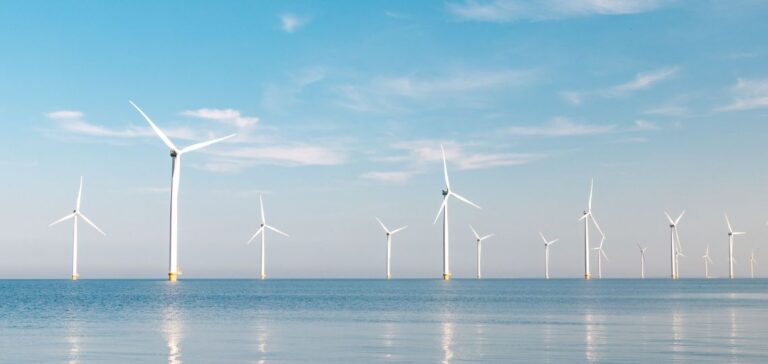Corio Generation, a leading player in the development of offshore wind power, and Estaleiros do Brasil (EBR), a specialist in marine construction, have signed a Memorandum of Understanding (MOU) to assess the suitability of EBR’s infrastructure to support offshore wind power projects in Brazil.
The agreement aims to transform EBR’s facilities, located near the port of Rio Grande, into a logistics and industrial platform dedicated to the construction and maintenance of wind farms.
The partnership focuses on two major projects, Cassino Offshore Wind and Rio Grande Offshore Wind, with a planned capacity of over 1,200 MW each.
The aim is to leverage existing infrastructures, historically dedicated to the oil and gas industry, to meet the specific needs of offshore wind energy.
Optimizing infrastructure and regional impact
EBR’s shipyard, covering a vast area and equipped for the construction of offshore structures, could play a central role in the ramp-up of wind power in Brazil.
This strategic reorientation is part of a drive to accelerate the energy transition, while bringing economic and industrial benefits to the Rio Grande do Sul region.
By joining forces with Servtec, Corio Generation intends to develop a total capacity of 6 GW in Brazil, including 4.8 GW on the south and southeast coasts.
The synergy between EBR’s expertise in offshore construction and Corio’s ambitions in wind power could boost the industry, creating jobs and attracting new investment in a region recently hit by natural disasters.
Industrial synergy and energy transition
The alliance between Corio Generation and EBR represents a strategic convergence between the fossil fuel and renewable energy sectors.
The adaptation of hydrocarbon infrastructures to offshore wind projects reflects a global trend towards a more low-carbon economy.
Brazil, with its advantageous maritime conditions, is poised to become a key player in offshore wind energy in Latin America.
This strategic collaboration could also strengthen Brazil’s position on the world stage in terms of energy transition, while responding to current environmental challenges.
The optimal use of EBR’s infrastructure, combined with Corio Generation’s technical expertise, could foster the rapid and efficient development of offshore wind power in the country.






















